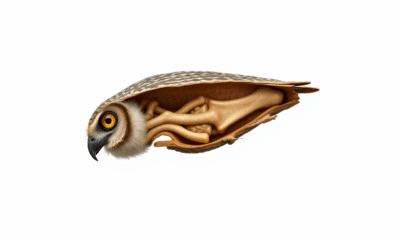

Researchers found that digestion in hawks and owls can alter the results of isotopic analysis in pellets and droppings.
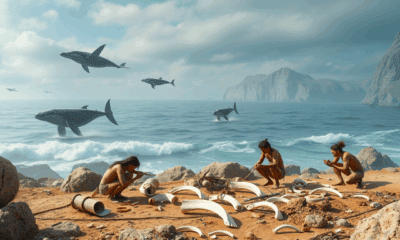

Humans were making tools from whale bones as far back as 20,000 years ago, according to a new study. This discovery broadens our understanding of early...


Alterations to the diet of pests could impact how quickly they can adapt to biopesticides.
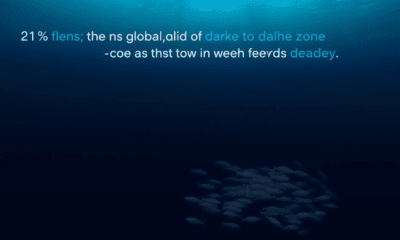

Scientists, who have spent more than a decade examining the impact of artificial light at night on the world's coasts and oceans, have shown that more...


When formulating climate policy, too little attention is paid to social factors and too much to technological breakthroughs and economic reasons. Because citizens are hardly heard...
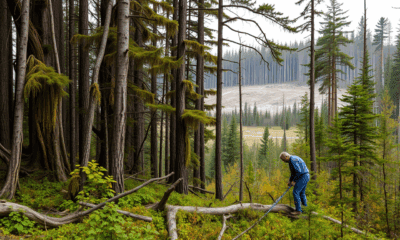

Researchers conducted a systematic review of 99 scientific publications that compared the flora or fauna of old-growth forests, managed forests and clearcut sites in boreal Europe....


A pioneering method to simulate how microscopic particles move through the air could boost efforts to combat air pollution, a study suggests.
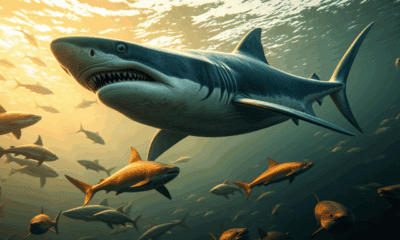

Contrary to widespread assumptions, the largest shark that ever lived -- Otodus megalodon -- fed on marine creatures at various levels of the food pyramid and...
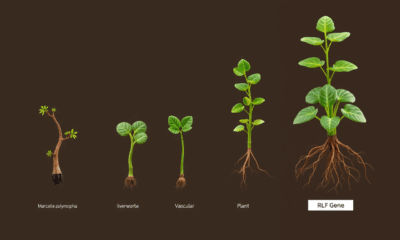

A gene that regulates the development of roots in vascular plants is also involved in the organ development of liverworts -- land plants so old they...


Flowers grow stems, leaves and petals in a perfect pattern again and again. A new study shows that even in this precise, patterned formation in plants,...